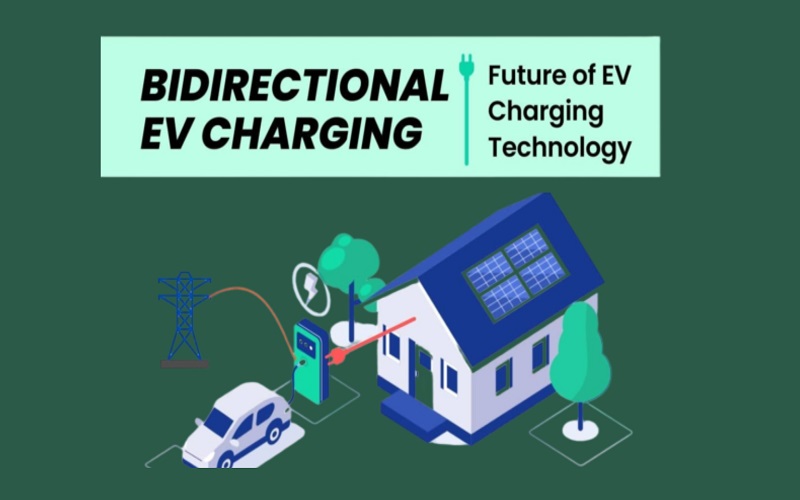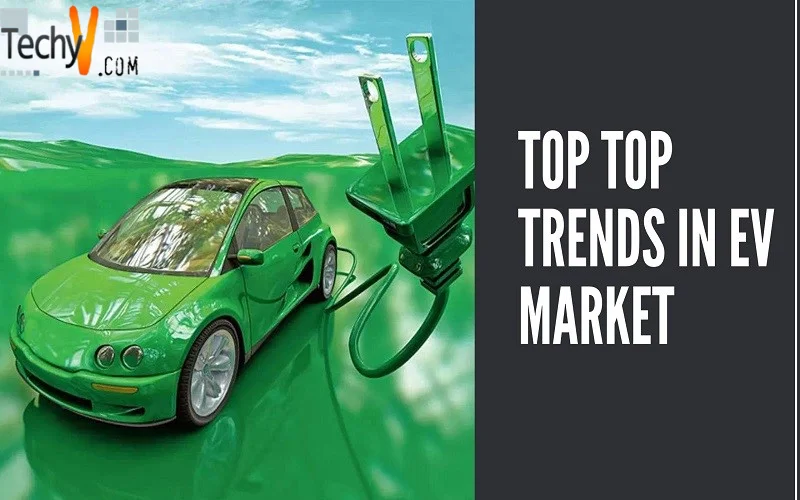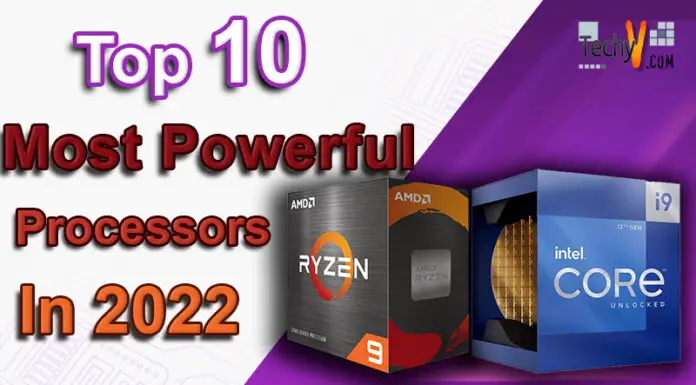The EV industry has been creating a lot of hype with anticipation for future advancements. The industry is anticipated to embark on a new phase of development in the coming years. The year 2023 has seen two-fold increase in demand for electronic vehicles. This trend will continue in future as well. Some of the predictions made for the EV industry are an increased number of charging stations, battery swapping facilities, and government subsidies.
Major industry EV players like BMW, General Motors, Honda, and Benz are working towards producing a high-power charging network by 2030 with almost 30,000 EV chargers. Several large companies are eager to make investment for the expansion of EV market. EVs are built with high-tech features that enhance the driving experience and also contribute to the mission of achieving sustainability.
The government has also lent its support to EV innovation. The government’s EV policy targets making electric vehicles affordable and accessible to all. The EV industry is working on achieving carbon neutrality within next few years. It is expected by 2030 that, around 64% of passenger cars will operate on electric batteries. With the advancements in infrastructure technology, fast charging for EVs has now become more accessible and convenient to all consumers. In this article, we will discuss the top 10 trends in the EV market that contribute to the success and growth of the industry.
1. More Number Of Fast-Charging Stations
One of the major hindrances in the growth of the EV market is the lesser number of charging stations. Due to limited number of stations, owners have to wait for long hours to refill their vehicles. The increased demand for EVs has created the urge for more fast-charging stations. Many big companies like Rivian and Tesla have come forward to build fast charging stations for user convenience.
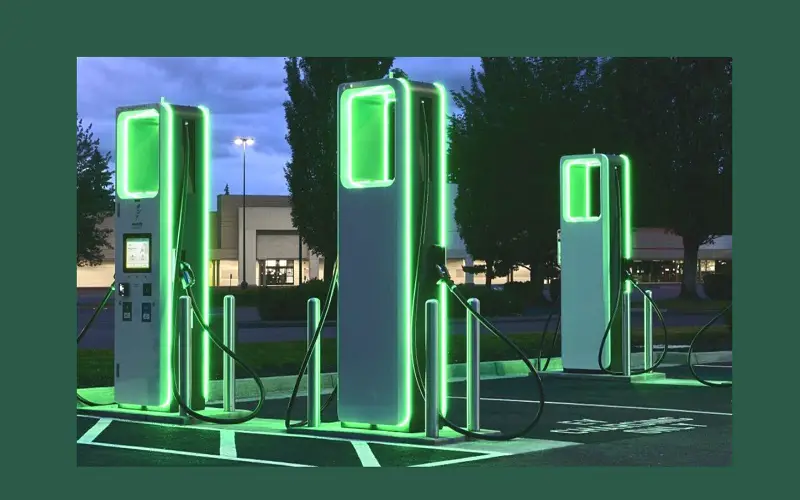
2. Improved Infrastructure
Another notable trend in the EV market is enhanced infrastructure. An advanced EV charging infrastructure facilitates the easy adoption of EVs and reduces harmful greenhouse emissions. The new infrastructure law emphasizes on making proper investments in infrastructure to drive growth in the EV sector. The government is proactively implementing strategies to eliminate geographical barriers to provide convenient access to charging facilities, even in rural areas.
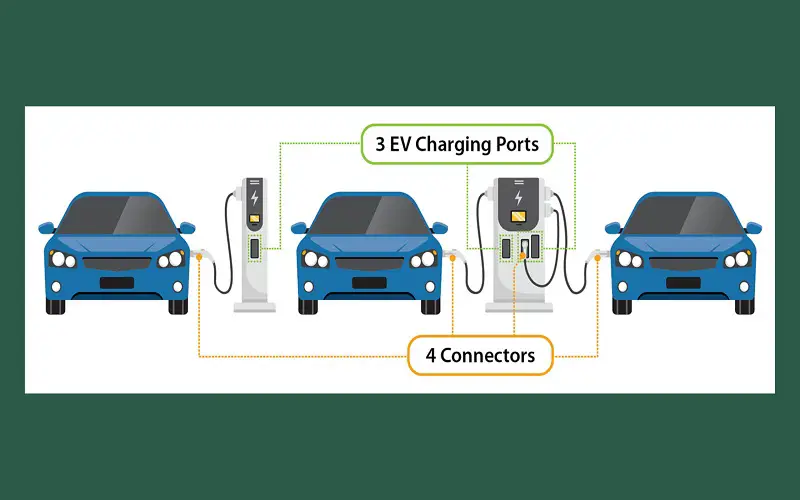
3. Driver Assistance Tools
There are many innovative driving assistance tools ava to assist drivers and passengers and make their travel convenient and safe. The tools helps to predict the path and interpret the driver’s behavior. Driver assistance tools includes features such as detection of blind spots, forward collision warning, autonomous mobility, and adaptive cruise control. They are equipped with advanced sensors to prevent accidents and ensure a safer driving experience.
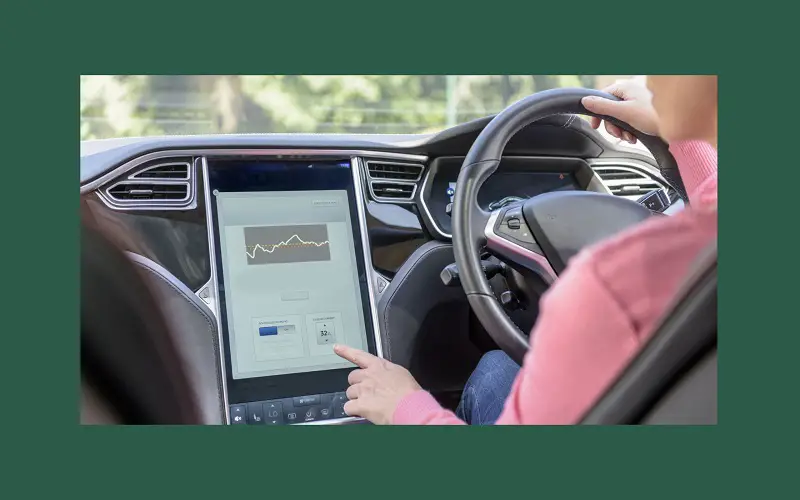
4. Improved Battery Technology
Tesla and Panasonic have introduced groundbreaking technology and energy solutions such as 4680 battery cells. It has boosted the battery range of Tesla’s Model 3 and Model Y. Another remarkable trend in the EV market was the introduction of the revolutionary Tital Silicon battery by Mercedes and Sila Nanotechnologies. Companies like Toyota are focusing on the advancing energy storage solutions by investing in innovative solid-state and hydrogen cell technologies.
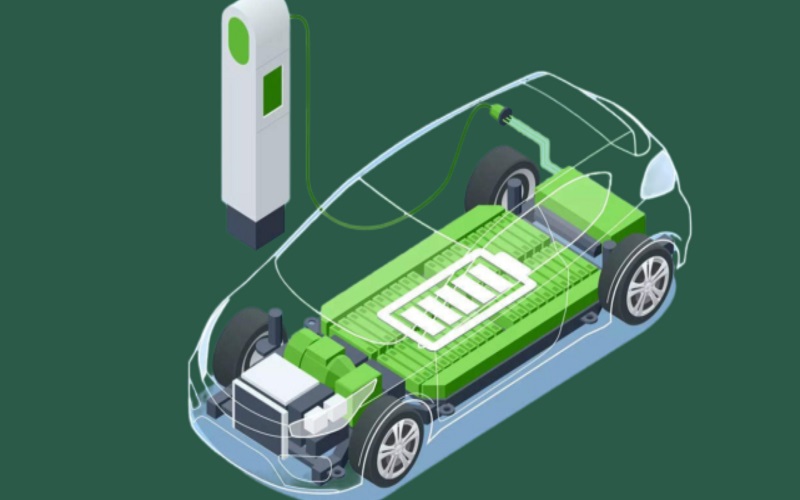
5. Smart EV Charging
Smart EV charging is another intriguing trend in the EV market. It enables users to customize the timing and duration of EV charging. The vehicle details are shared between EVs, charging stations, service providers, and electricity suppliers to facilitate Smart charging. The decisions are based on real-time energy production, local energy consumption, and infrastructure capabilities. Smart Charging helps in optimizing energy consumption and usage in peak hours.
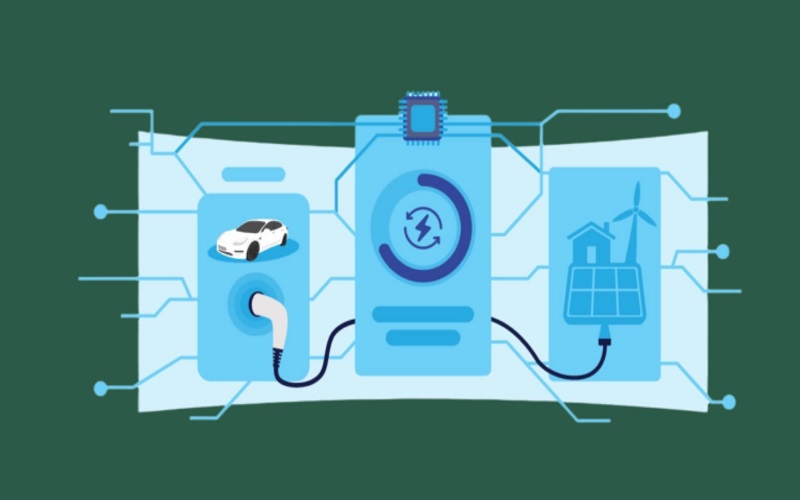
6. Invention Of Electric Boats
The invention of innovative electric boats has made it possible for people in remote areas to travel to far locations conveniently. Localities can use electric boats to commute to distant places. Even elite classes can embrace electric yachts for a luxurious travel experience. The shift to EV represents a trend towards a more sustainable and economically viable water transport system.

7. Affordable EVs
Electric vehicles in several affordable price ranges are now available in the market. They are now easily accessible to a broader range of consumers. Even the prices of new models are within the budgets of the working classes. EV car companies like the Tesla Model 3, Chevrolet Bolt, and Nissan Leaf have reduced their market price to attract a broader range of consumers. It will encourage more users to shift from regular vehicles to EVs and promote a greener future.
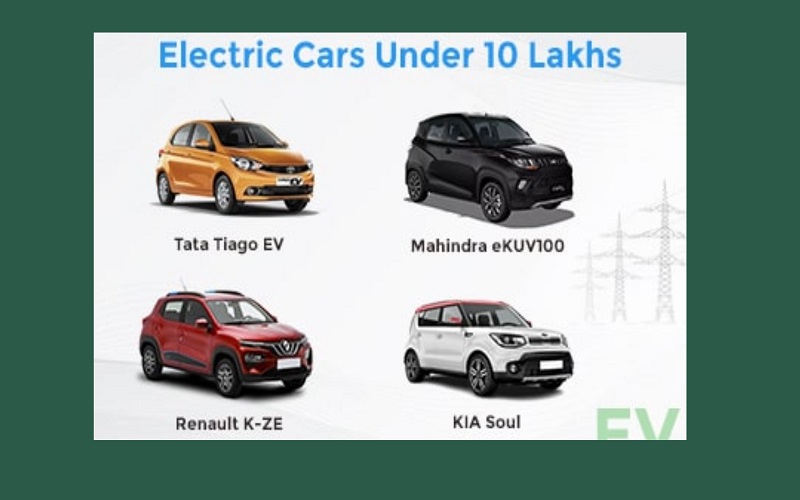
8. Improved Autonomous Technology
The creation of innovative machine learning and AI technology has enhanced the efficiency of autonomous driving system. Auto-tech companies invest heavily in developing self-driving technology to enhance safe and efficient driving. The introduction of advanced driving assistance tools and fully autonomous vehicles is expected to revolutionize the autonomous driving experience through EV technology.
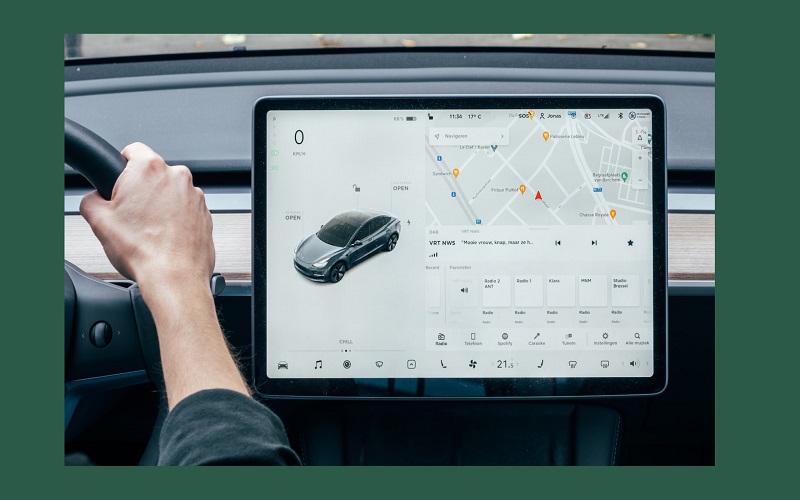
9. Plug And Charge Using ISO 15118
The plug-and-charge technique enables EV owners to charge their vehicle’s battery at charging stations and pay the bill. ISO 15118 grants authorization for the cars and facilitates communication between the EV and charging stations. Users have to register in the Tridens EV charge application in case they want to utilize the Plug and Charge system for charging their EV. Once noted, the charger automatically recognizes the car on the plug-in and generates a bill on the user’s account.
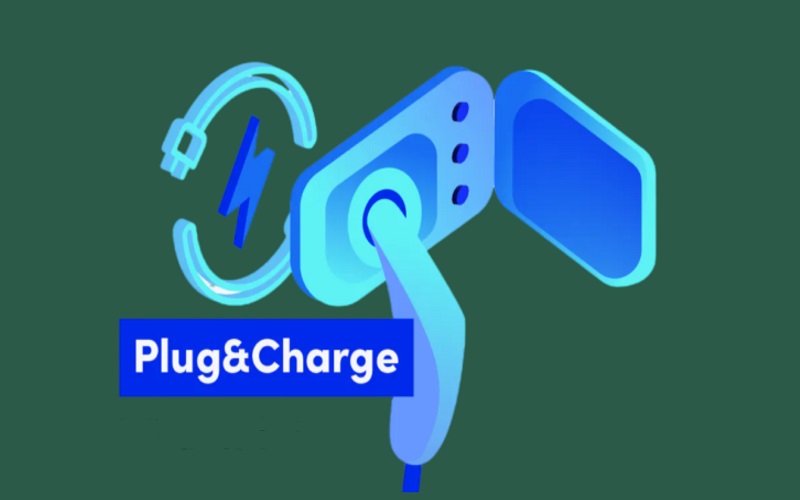
10. Bi-Directional EV Charging
The Bi-Directional EV charging technique enables vehicles to disseminate electricity to power other devices and store excess energy in EV batteries. It facilitates exchange of energy and encourage a more efficient and convenient charging process. The most common application of Bi-directional charging is vehicle-to-grid technology that operates as a mobile energy storage unit. The technology is widely utilized in homes to optimize grid usage and make informed decisions regarding energy consumption.
